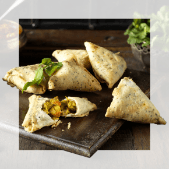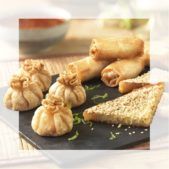Chinese New Year (the year of the tiger in 2022) falls on 1st February and marks the start of a traditional period of celebration that has spread from Asia and is now embraced by communities across the globe.
The precise date of Chinese New Year varies from year to year as it is based on a lunisolar calendar with each full moon marking the start of each month. Also known as the Spring festival, Chinese New Year marks the end of Winter and falls on the second new moon after the Winter solstice and occasionally the third new moon to make up for leap years.
Firecrackers, dragon dancing, banquets, the giving of gifts and the colour red are all part of the tradition with their roots deep in Chinese custom and mythology.
An enduring legend is that thousands of years ago a fearsome monster named Nian (year) would attack villagers at the dawning of a new year.
The villagers discovered the monster was afraid of loud noises, bright lights and the colour red and used this knowledge to chase the beast away. Today firecrackers, fireworks and red lanterns, clothing and decorations form a central part of celebrations.
In contrast to Nian, a dragon is regarded as a symbol of good fortune and so one will often form the centrepiece of modern celebrations and processions.
Food plays an important part in the festivities with different delicacies prepared for different days of the traditional 15 days of celebration.
This begins with the new year reunion dinner where families come together to enjoy a sumptuous feast traditionally of eight courses, as eight is the lucky number in Chinese.
If a family has suffered a bereavement only seven dishes are served as a mark of respect and remembrance for the deceased.
Some foods share the same name as Chinese terms for prosperity, good health and fortune and they are included in the celebrations.
On different days Chinese dumplings, vegetarian dishes, spring rolls, different meats, mandarin orange and other fruit will be integral. Noodles are traditionally uncut in the hope of ensuring a long life.
The SK range of oriental food includes a wide choice of Asian food, inspired by classic meat and vegetarian dishes from across China, Japan and Korea. It’s a delicious and time saving way of welcoming in the Chinese New Year, the only problem is which ones to choose when you visit your local supermarket
About Oliver Parkinson
Sous Chef of SK Foods.
Your food. Our Passion.






